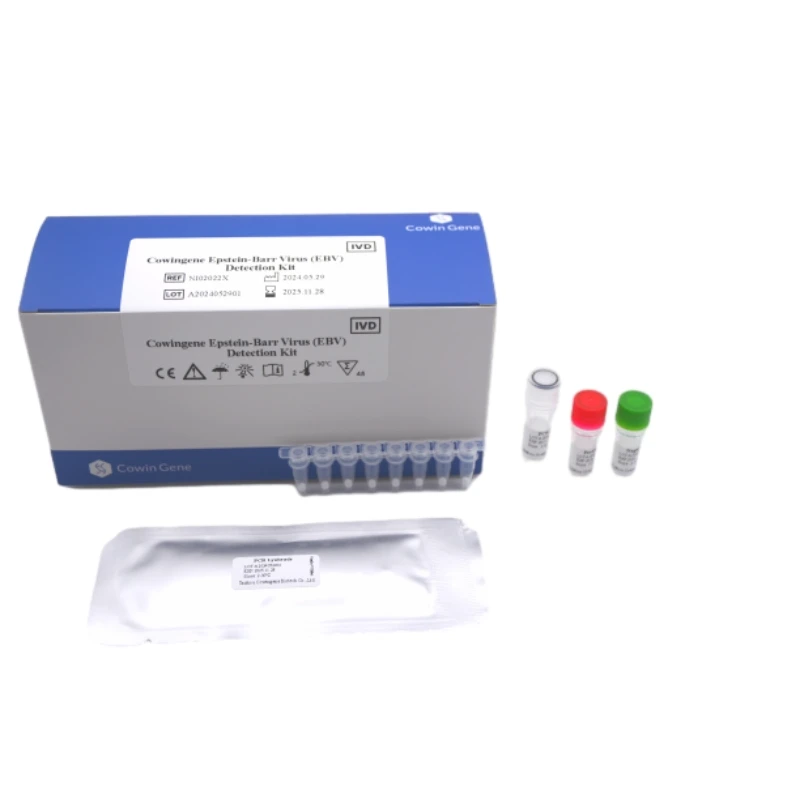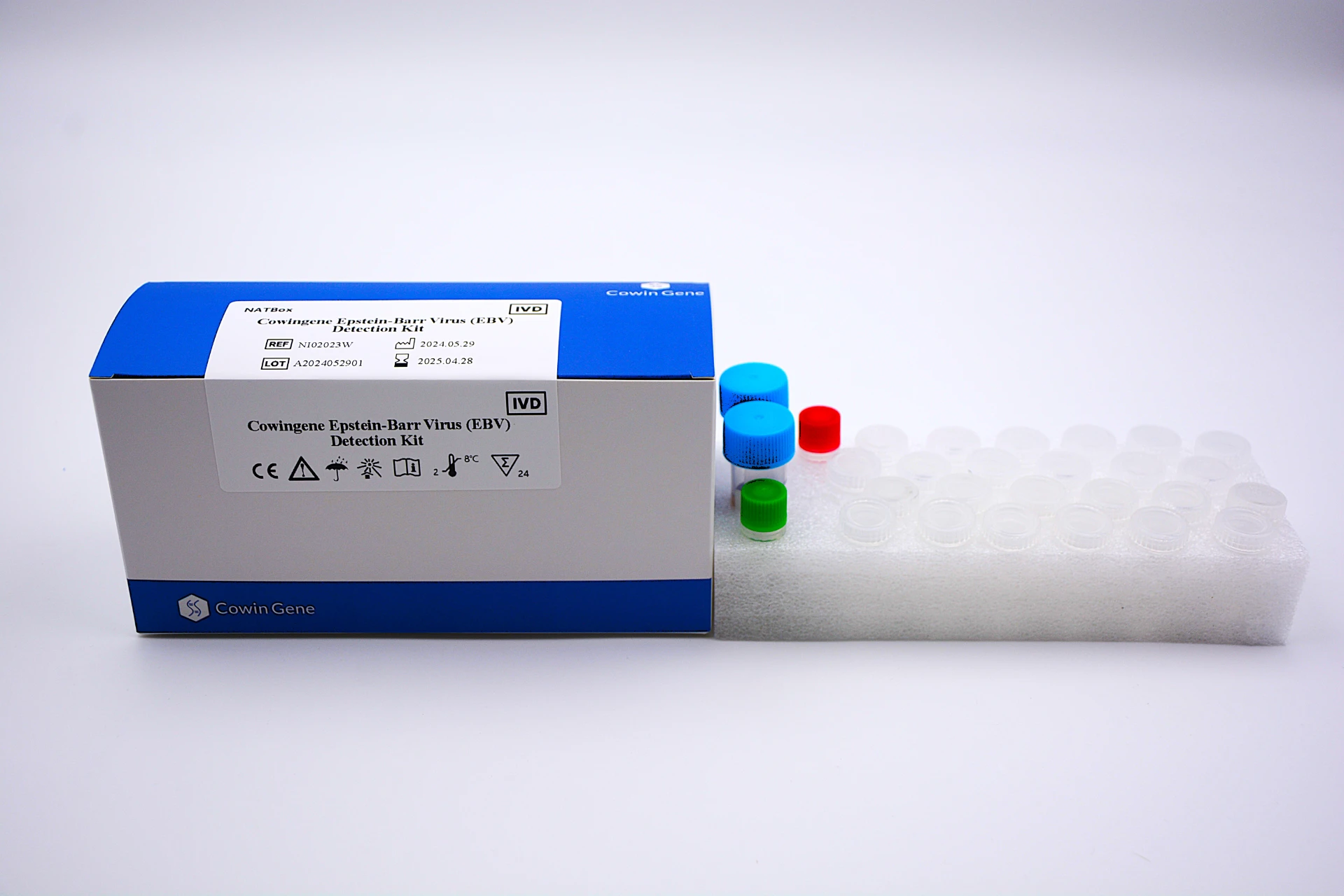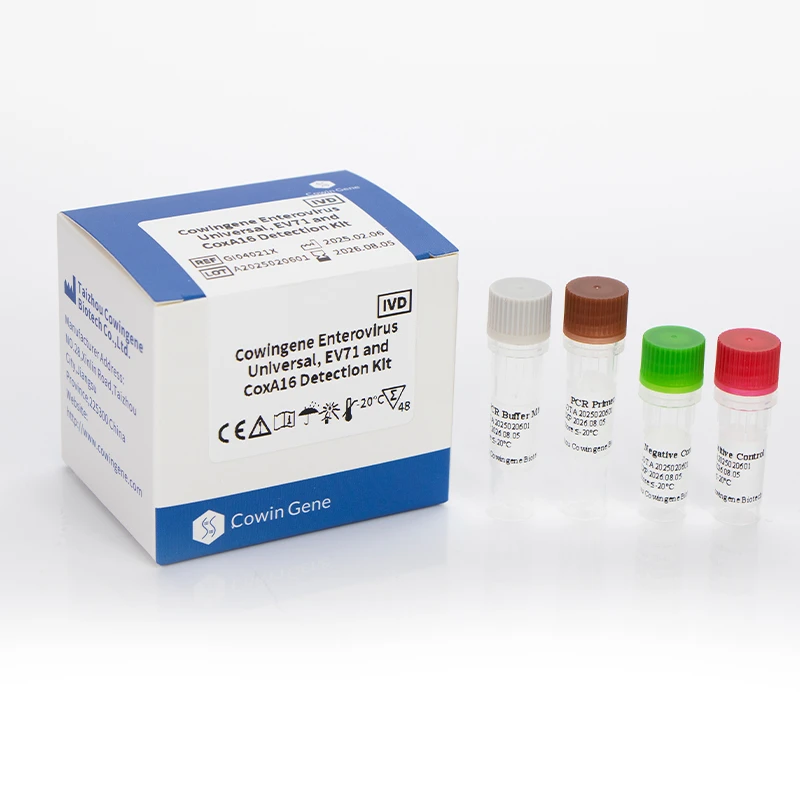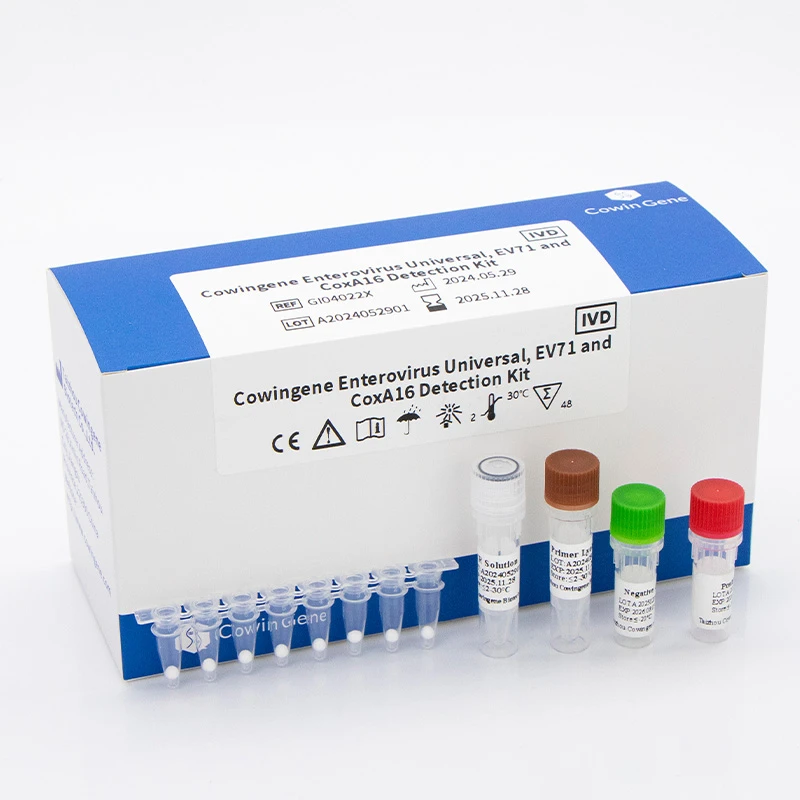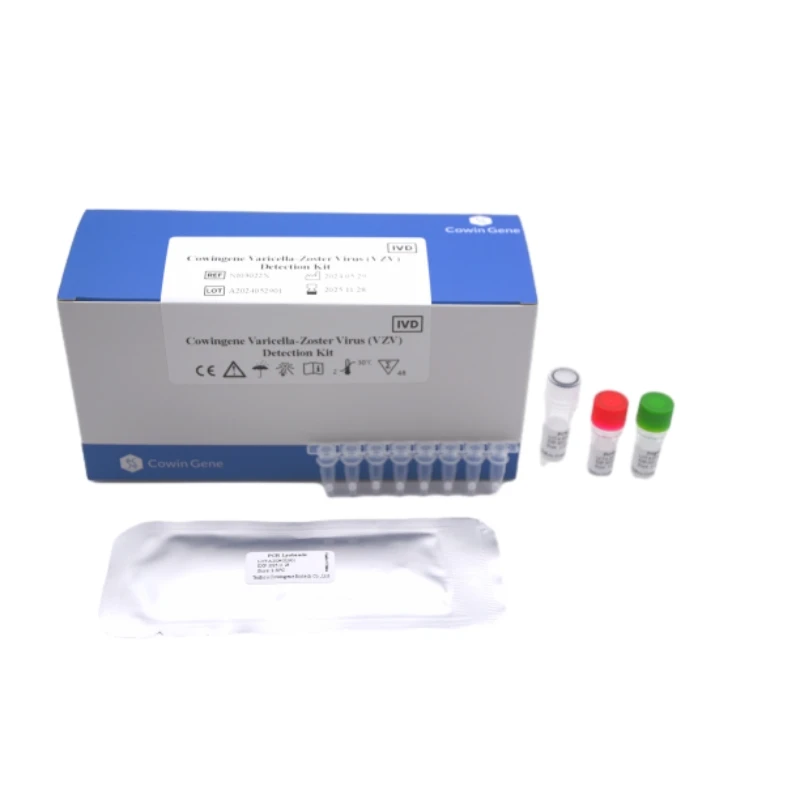Oct . 21, 2025 14:00 Back to list
Yellow Fever PCR Kit - Rapid, Accurate Detection for Labs
Field Notes: Getting Yellow Fever Pcr Right in 2025
I’ve sat in noisy outbreak labs where power flickers, ice packs melt, and yet the assay still has to deliver. That’s why kits like the Cowingene Yellow Fever Virus Detection Kit have been getting attention. To be honest, it’s not just buzz; labs want something that works under pressure, with clear instructions and no drama.

What this kit is (and isn’t)
Product: Cowingene Yellow Fever Virus Detection Kit, Origin: NO.28, Xinlin Road, Taizhou city, Jiangsu Province, China. Validated specimen types include plasma and serum; analyte: Yellow fever virus genome. Packaging is simple—≈1 reaction tube per test, which keeps bench setup lean. In practice, you’ll run real-time RT-qPCR on standard instruments and read FAM/HEX (or comparable) channels. If your lab handles arboviruses already, the learning curve is short—at least that’s what many customers say.
Why labs pick Yellow Fever Pcr now
- Speed: sample-to-result can be under 2 hours with streamlined extraction.
- Specificity: primers/probes target conserved YFV regions (vendor materials describe genome coverage; confirm in the IFU).
- Scalability: 96-well runs for surveillance; single-tube checks for travel clinics.
Product specifications (lab-facing)
| Assay type | Real-time RT-qPCR for Yellow Fever Pcr |
| Validated specimens | Plasma, Serum |
| Analyte | Yellow fever virus RNA |
| Kit format | ≈1 tube/test; controls as per IFU (real‑world use may vary) |
| Instrument compatibility | Common 96-well qPCR platforms with FAM/HEX (check dye/filters) |
| Storage & service life | Per label; typical shelf life ≈ 12 months. Follow cold-chain guidance. |
| Regulatory | Manufacturer-level ISO 13485 commonly applied; kit availability/regulatory status vary by region—verify locally. |
Process flow (materials, methods, QA)
- Materials: kit reagents, extraction kit (silica or magnetic beads), RNase-free tips/tubes, positive/negative controls, qPCR plates.
- Methods: extract RNA → prepare master mix → add template → run RT-qPCR (cycling per IFU) → interpret Ct against controls.
- Testing standards: operate under ISO 15189-accredited processes where possible; follow WHO yellow fever lab guidance and CLSI MM19/MM03 for molecular assays.
- QC/QA: include NTC, external positive control, and extraction control; track lot-to-lot performance. Service life: monitor expiry and freeze–thaw cycles.

Real-world application scenarios
- Port-of-entry or travel medicine screening during outbreaks.
- Public health surveillance alongside dengue/Zika panels.
- NGO field labs and regional reference centers.
Feedback I hear repeatedly: setup is straightforward, and results are readable—even when staffing is tight. Some labs report smooth multiplexing workflows (YFV alongside other flaviviruses), but, actually, validate your own panels before routine use.
Vendor landscape (quick look)
| Vendor | Assay focus | Typical LoD | Notes |
|---|---|---|---|
| Cowingene | Yellow Fever Pcr kit for plasma/serum | Vendor IFU; values vary by platform | Solid fit for public health labs; pragmatic packaging |
| Vendor A | Multiplex arbovirus panel | ≈10–100 copies/rxn (literature ranges) | Broader panel, slightly longer run time |
| Vendor B | Research-use YFV assay | Platform dependent | Flexible for RUO labs; confirm performance locally |
Customization and integration
Labs often ask for bundled extraction kits, pre-plated master mix, or multiplex add-ons (e.g., dengue/Zika). Cowingene can usually discuss custom packaging or QC documents on request. If you’re building a surveillance pipeline, integrate LIMS-friendly Ct exports and ensure your workflow aligns with WHO-aligned reporting thresholds.
Test data and verification
Exact LoD/linearity are in the kit IFU and local validations. In my experience, modern Yellow Fever Pcr assays land in the low tens to low hundreds of copies/reaction on mainstream instruments—your mileage will vary. Always run method verification with clinical plasma/serum panels and external quality assessment where available.
Standards and references
- WHO. Yellow Fever laboratory guidance and case definitions. https://www.who.int/health-topics/yellow-fever
- CDC. Yellow Fever: Clinician Guidance and Testing. https://www.cdc.gov/yellowfever/
- ISO 15189: Medical laboratories — Requirements for quality and competence. https://www.iso.org/standard/76677.html
- ISO 13485: Medical devices — QMS for manufacturers. https://www.iso.org/standard/59752.html
- CLSI MM19/related molecular diagnostics guidelines. https://clsi.org
Related PRODUCTS
-
Understanding Monkeypox Testing PCR – Global Health & Diagnostic Insights
NewsNov.24,2025 -
Comprehensive Guide to Monkey Pox Detection: Methods, Applications & Innovations
NewsNov.23,2025 -
Essential Guide to Monkeypox Detection: Technologies, Applications & Future Trends
NewsNov.23,2025 -
Understanding Strep B Test Cost: Global Insights and Healthcare Impact
NewsNov.22,2025 -
Group B Strep DNA Test – Fast, Accurate Screening to Prevent Neonatal Infection
NewsNov.21,2025 -
Essential Guide to Group B Strep Test Kits: Benefits, Uses & Innovations
NewsNov.20,2025


